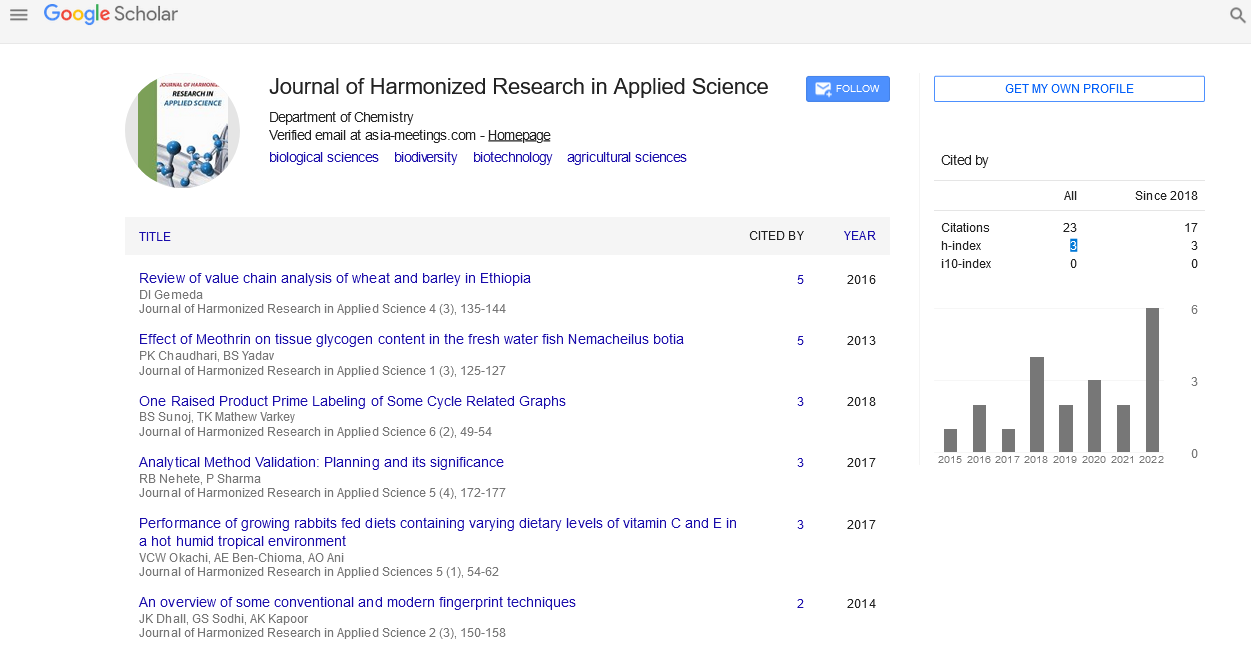THERAPEUTIC EXPLORATION OF VANADIUM-ASPIRIN COORDINATION METAL COMPLEX AGAINST DIABETIC CATARACT EXACERBATED BY NICOTINE
Abstract
Author(s): Arin Bhattacharya, Rajesh Choudhary and Surendra H. Bodakhe
Cataract is the leading cause of ocular blindness worldwide. It is one of the most secondary complications that occurs secondary to diabetes, the situation gets worse due to concurrent administration of nicotine. The current work had been done with the aim of evaluating the anti-cataract efficacy of Vanadium-Aspirin metal complex (VASCOM) against STZ induced diabetic cataract exacerbated by the nicotine. Metal complex had been synthesized using Aspirin and Vanadyl chloride. The compound had been characterized using IR studies, NMR studies, Magnetic moment studies. Sprague-Dawley albino rats (150-180 g) were assigned to groups each containing six animals. Animals were divided into six groups. Group 1 the control group, the group 2 the diabetic cataract group receiving Streptozotocin 35 mg/kg body weight, intraperitonially, the group 3 the diabetic cataract exacerbated by nicotine group receiving Streptozotocin 35 mg/kg body weight+ nicotine tartarate and the group 4, 5 and 6 receiving the Vanadium-Aspirin complex in a dose of 10,20mg and 30 mg/kg per day oral respectively. The study took 9 weeks. Blood glucose level, insulin and lenticular opacity were examined biweekly and pathophysiological parameters in eye lenses were evaluated after nine weeks of the experimental protocol. After nine weeks administration of VASCOM (30mg/kg) concurrent with Streptozotocin + nicotine tartarate significantly controls the decrease in body weight, reduced the blood glucose level, elevated the insulin level and decrease in the percentage glycemic changes. Additionally, VASCOM (30mg/kg) treatment led to significant alleviation in lens antioxidants (CAT, SOD, GPx, and GSH), total protein, and Ca2+ ATPase activity. Moreover, a significant reduction in lens MDA, polyol level and HbA1c was seen as compared to diabetic cataract exacerbated by nicotine group. The probable molecular mechanism has been evaluated using in vivo software like pkCSM, Molinspiration Cheminformatics and SwissADME. The result helps to conclude that VASCOM (30mg/kg) had plays a significant beneficial role in the management of diabetic cataractogenesis exacerbated by nicotine.










